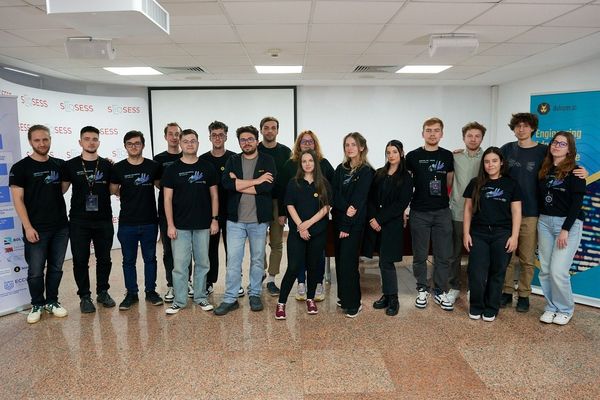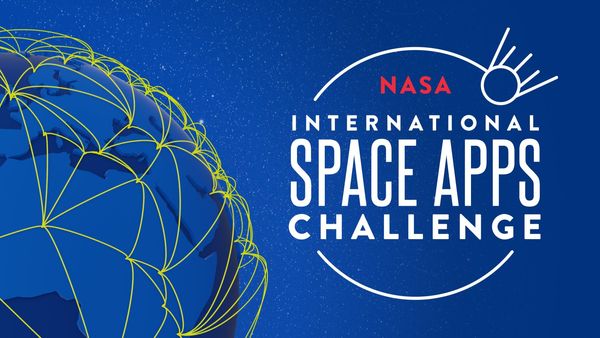Unlocking Efficiency: How AI-Powered SQL is Revolutionizing Data Access for Government and Beyond

In today’s fast-paced world, the ability to quickly access and analyze data can mean the difference between informed decisions and missed opportunities. For organizations, particularly in the public sector, retrieving data from vast and complex databases has traditionally been a slow and costly process. However, advancements in AI-powered solutions are reshaping how institutions handle data, enabling faster, more accurate access to critical information.
This article explores how an AI-powered SQL data retrieval system, built using Microsoft Azure services, transformed operations for a governmental institution. From enabling management to generate reports in seconds to reducing IT workload and operational costs, this solution highlights the real-world benefits of AI across sectors. Whether you’re a government IT leader, data engineer, AI developer, or business decision-maker, this story demonstrates the power of AI to improve efficiency, scale operations, and deliver tangible business value.
Implementing a Scalable and Production-Ready Solution
One of the key requirements for our project was to exclusively use Microsoft Azure services. This choice was motivated by the governmental institution's existing trust in Azure's secure, scalable, and reliable cloud infrastructure. Here's a comprehensive walkthrough of how we implemented a scalable and production-ready solution using Azure's suite of tools.
Setting Up Azure Resources
Azure OpenAI
- GTP-4o-Mini: Used as our large language model (LLM) to understand and generate natural language text. This model is pre-trained on a vast corpus of text, making it proficient in understanding and generating natural language.
- Whisper: Enabled accurate speech recognition and synthesis, supporting voice-based interactions.
Azure Speech Services
We also utilized Azure Speech Services for Text-to-Speech functionalities. This allowed us to support voice-based interactions, making it even easier for management personnel to generate reports through vocal queries and to provide voice responses.
Azure SQL Database
This service was used to store and manage our large datasets. Azure SQL Database provides high availability, scalability, and security features that are essential for handling governmental data.
Azure Service Plans
To support our infrastructure, we selected suitable Azure service plans that offered the necessary computational power and storage capacity. These plans provided the flexibility and scalability needed to accommodate the dynamic nature of our AI system's operations.
Azure Web Services
- Frontend Exposure: To expose a user-friendly frontend for our chatbot, we utilized Azure Web Services. This enabled us to create an interactive web interface where users could easily interact with the chatbot. The frontend was designed to be intuitive and responsive, enhancing the overall user experience.
- Backend Proxy: To link the frontend to various Azure services (e.g., OpenAI), we developed a backend proxy using Azure Web Services. This backend proxy acted as an intermediary, ensuring seamless communication between the frontend interface and the underlying Azure resources. By doing so, we could efficiently manage API calls, data retrieval, and response generation.
The AI-Powered SQL Framework
The fundamental idea of our AI-powered SQL data retrieval framework is straightforward:
Query Processing
When a request is made, the AI system processes the user’s message and generates a SQL query.
Data Retrieval
The query generated by the LLM is checked to ensure it is not destructive (only selects and joins are allowed), then the query is executed.
Response Generation
Using the retrieved data, the AI generates a coherent and contextually appropriate response.
Voice Responses
The final step is to generate speech from text using Azure Speech Services to provide a more natural experience.
These steps were made very easy by the out-of-the-box integration between Microsoft Azure Services and OpenAI.
Overcoming Challenges with Advanced Techniques
Handling Silence in Audio for Speech-to-Text
Speech-to-text models often struggle with "hallucinations" when the audio contains portions of silence. To solve this issue, we implemented a preprocessing step on the backend to remove silent parts from the audio before sending it to OpenAI's Whisper model. This preprocessing step significantly improved the accuracy of transcriptions. Additionally, the frequency of the audio plays a crucial role. We found that using audio sampled at 44kHz yielded the best results with the Whisper model.
Ensuring Accurate SQL Query Generation
You may wonder how the model knows to generate SQL queries. The GPT-4o-Mini model is pre-trained to understand SQL syntax. To tailor the model to our specific needs:
System Prompt with Database Schema
We injected the database schema into a "system prompt." This prompt provided the model with the structure of our database, enabling it to generate appropriate SQL queries for joins, aggregations, and other operations.
Few-Shot Examples
We provided examples of user queries and the corresponding correct SQL queries within the prompt. This helped the model learn the desired output pattern.
Prompt Engineering
We crafted specific prompts to guide the model. For instance, we included instructions like: "Ensure that all town names are in capital letters and without special characters."
Handling Data Format Mismatches
Sometimes, the generated queries may not align perfectly with the data stored in the database. For example, if we want to retrieve all entries for the town "Brașov," we need to ensure the query matches the format of the stored data. In our scenario, all names were stored in capital letters, without special characters. To address this:
- Few-Shot Examples: Included queries and corresponding expected outputs to guide the model.
- Prompt Engineering: Added instructions to ensure consistent formatting.
By addressing these challenges with advanced techniques, we were able to create a reliable and efficient AI-powered SQL data retrieval system. This system not only meets the specific needs of the governmental institution but also ensures high accuracy and user satisfaction.
Final Thoughts
Working on this project has demonstrated the transformative potential of AI in governmental operations. By leveraging Microsoft Azure's robust tools, we delivered a scalable and efficient solution that significantly improves data retrieval and report generation. This project underscores the importance of innovation in enhancing public sector efficiency.




